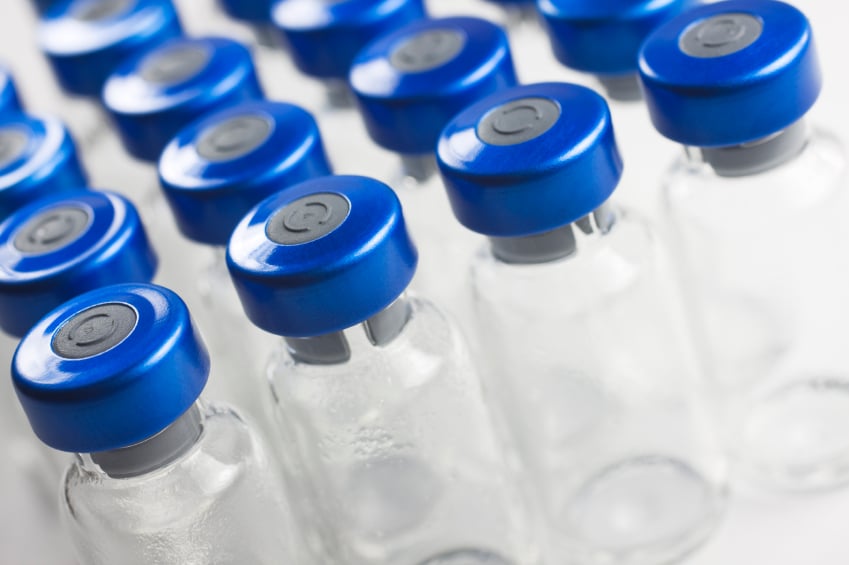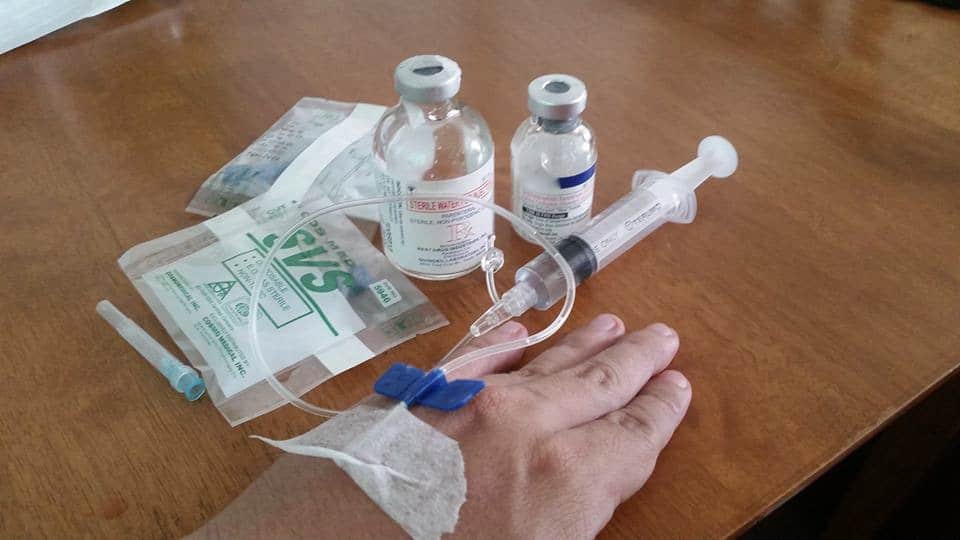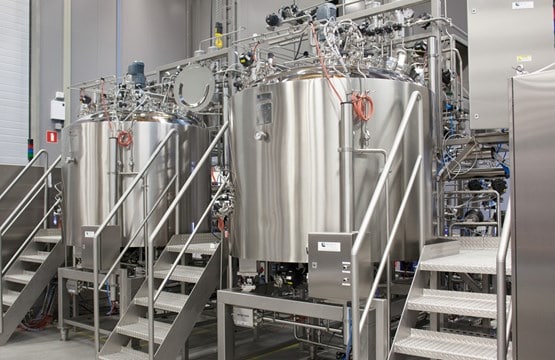The Age of Gene Therapy: Why Plasma?
It’s happened: gene therapy is available, at least for hemophilia B patients in the US. The idea that hemophilia can be treated as a “cure,” or at least using one shot to cover your bleeding episodes for at least a few years, is tantalizing. And if not that, we still have recombinant products that have never touched human blood.
We just updated our factor chart here, which compares all the products available on the market for hemophilia A and B. You have lots of treatments to consider! But why are we still making plasma-derived products?

A few reasons. But first, understand where plasma-derived products come from.
Plasma-derived products come from human blood plasma. Plasma donors undergo strict screening for disease risk factors, and their plasma is tested for several viral diseases. Recombinant products are not derived from blood; they originate from genetically engineered mammalian cells containing the human gene for factor. Recombinants are produced in large bioreactors, with human and animal proteins used in the culture medium in first- and second-generation recombinant factor. Third-generation products contain no human or animal proteins in the culture medium or the final product. Fourth-generation products are made from human cell lines.
Although plasma-derived products potentially risk transmitting blood-borne viruses, all US factor products, whether plasma derived or recombinant, are considered safe by the FDA.
Why would anyone intentionally choose a plasma-derived product instead of recombinant? After all, recombinant factor is the product recommended by NHF’s MASAC. And now we have gene therapy for hemophilia B. Why inject anything other than the missing factor into your child?
For some people, it’s all about cost. Plasma-derived factor is less expensive than recombinant factor. And gene therapy is expected to cost about $3.5 million per shot. People who have high out-of-pocket expenses need safe products, but may choose less expensive ones. Sometimes, the decision depends on the type of bleeding disorder being treated. For example, intermediate purity factor VIII products contain factor VIII combined with VWF (the way it’s naturally found in the blood) and are useful in treating von Willebrand disease.
When choosing your factor therapy, always discuss options with your HTC! Use our factor product guide here, which now includes bispecific antibody products and gene therapy, and bring it with you, and ask what’s best for your loved one or you.







